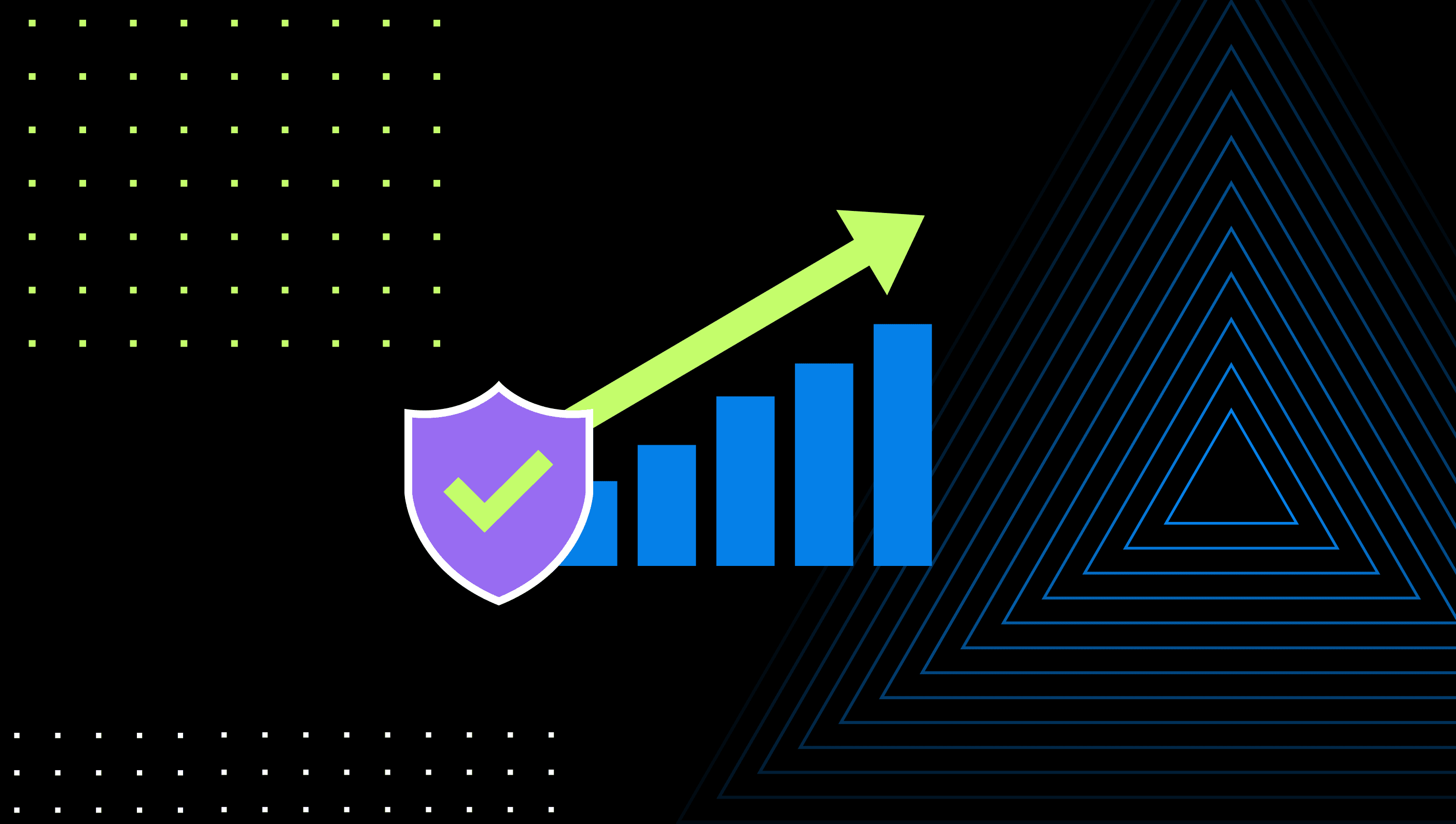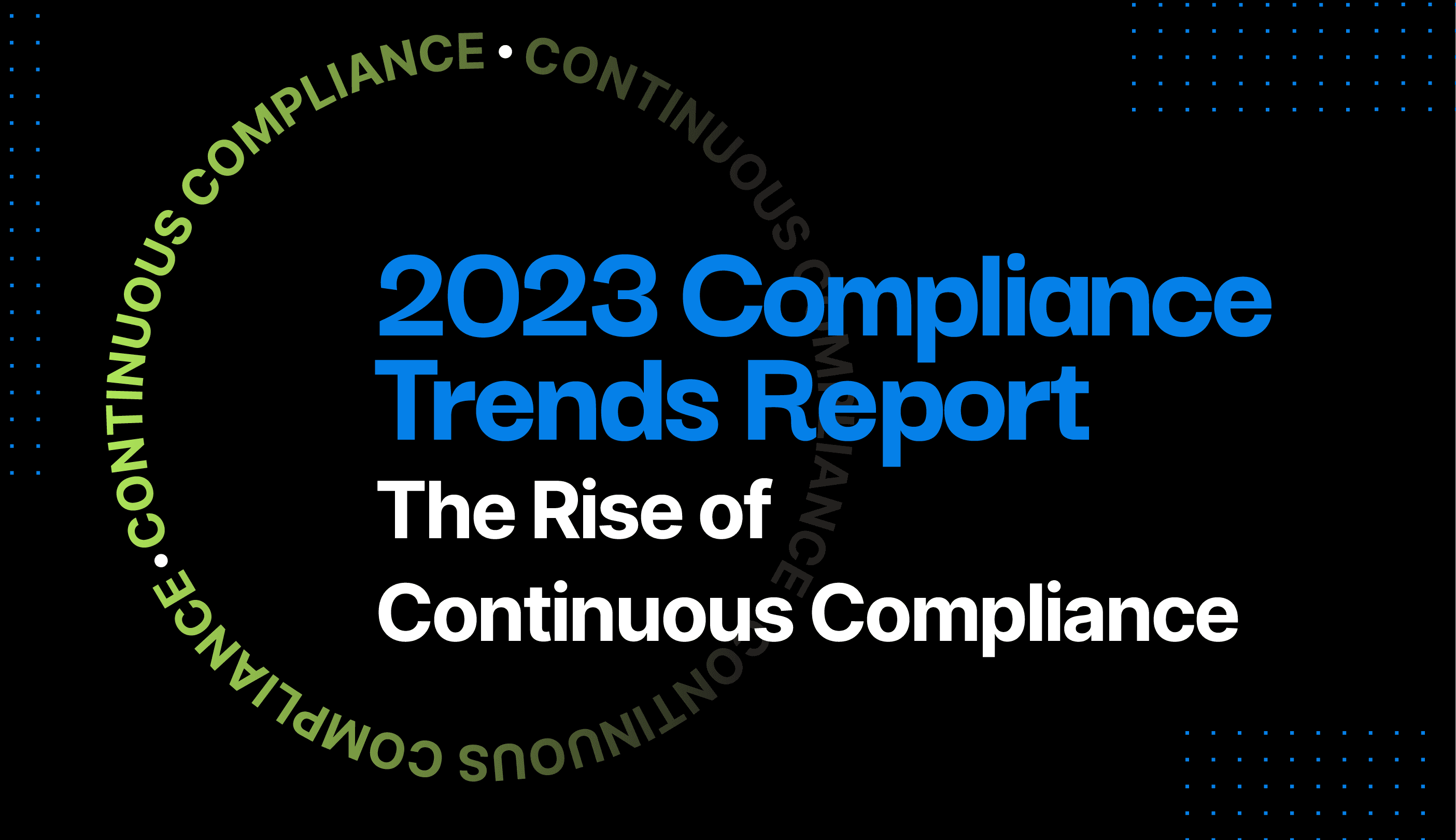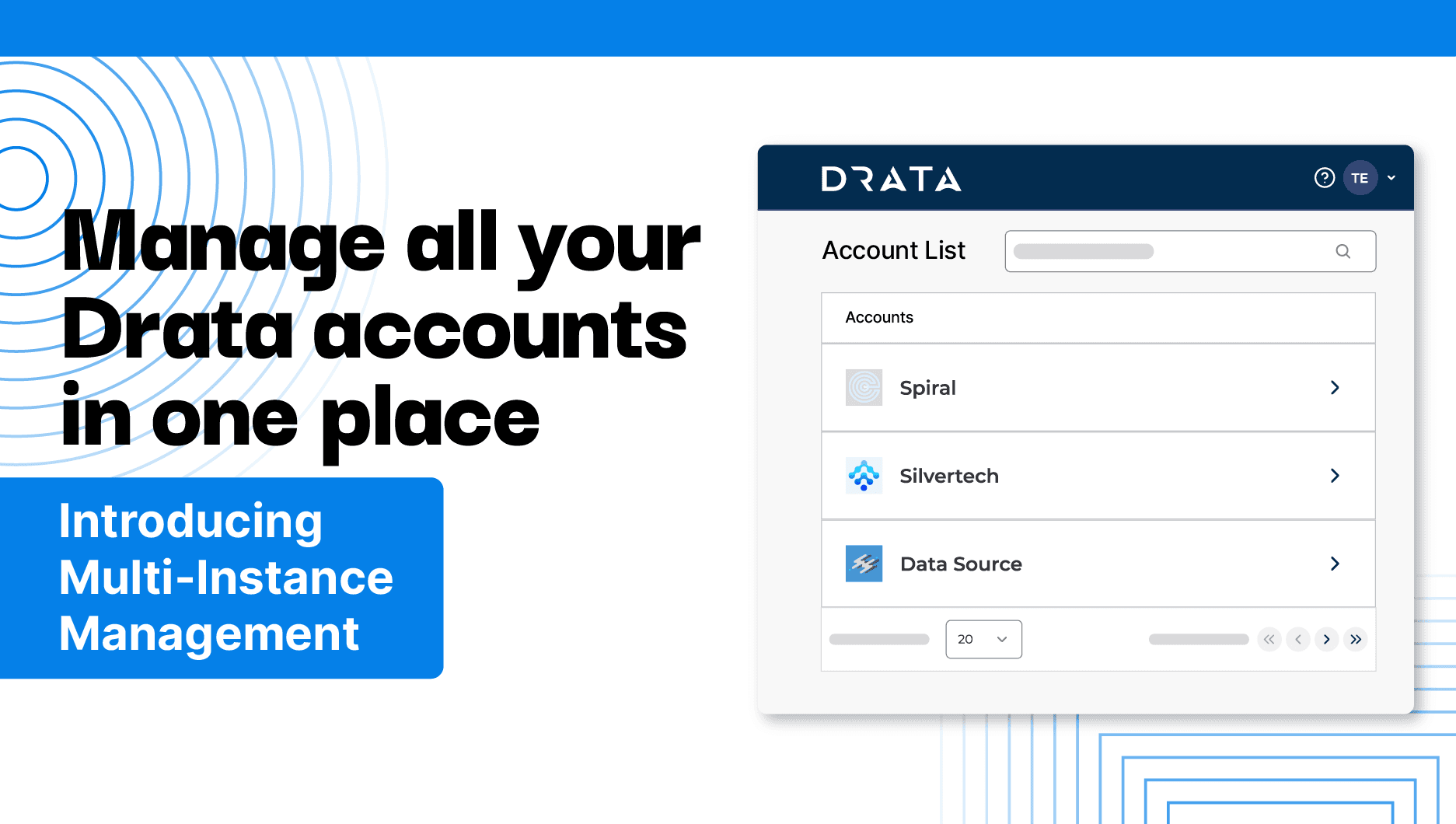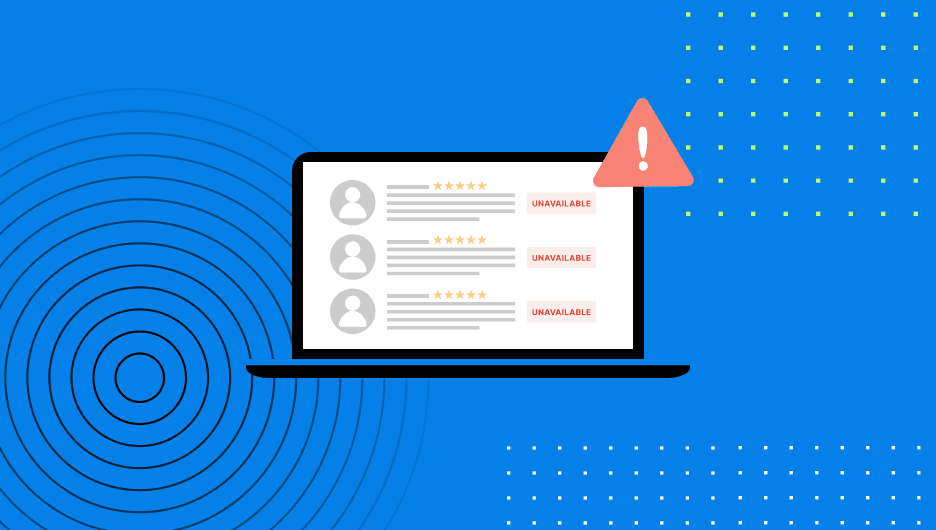A Guide to Scaling Successfully for MSSPs
The challenge of scaling for MSSPs can stand in the way of a $50B+ growth opportunity. Check out Drata’s guide to MSSP scalability.
For Managed Security Services Providers (MSSPs), scaling could make the difference between success and failure. Mid-market and enterprise companies struggle to keep pace with advancing technologies, evolving regulatory frameworks, tight labor markets, and more complex threats. Increasingly, these companies turn to MSSPs to help manage their security risks.
These trends explain why the MSSP market is expected to double over the next few years. Landing a share of that growth is a massive opportunity for any MSSP—but only if it can scale to seize it.
In this article, we will discuss the services MSSPs are adding to meet growing demand, the challenges they face, and some best practices you can follow to capture a piece of the growing MSSP market.
Common Services Your Clients Are Looking For
Unlike Managed Service Providers (MSPs) that offer general network management and support services, an MSSP focuses on managing the security of on-premises and cloud IT systems. As the cybersecurity landscape becomes more complicated, clients want providers that offer a wide range of security services.
Securing Perimeters
A typical MSSP service is perimeter management—defending the on-premises network from external threats. Providers help clients acquire and manage firewalls that seal the network from the outside world. MSSPs also manage virtual private networks and remote desktop protocol implementations to support people working remotely.
Defining a perimeter to protect becomes harder as companies move more IT resources to the cloud. MSSPs must be able to protect their clients’ hybrid and multi-cloud architectures.
Securing Endpoints
Mobility, the internet, and the cloud have also complicated endpoint security. It isn’t enough to protect managed desktops at the company office or servers in the on-premises data center. The variety of user devices has proliferated, offering productivity gains while increasing security challenges.
MSSPs that already help clients by protecting user devices can expand their services to other networked devices. That no longer means a managed printer. Thanks to Internet of Things (IoT) technology, an ecosystem of sensors, cameras, and other devices has spread across corporate campuses and manufacturing plants. Each one presents security risks that the client’s IT department may not be aware of.
Threat and Vulnerability Assessments
Corporate IT staff are overburdened with competing priorities. They rarely have time to study the latest cybersecurity developments. MSSPs live and breathe security which makes their expertise invaluable to their clients.
Internal and third-party threat intelligence sources keep MSSPs on top of cyber risks. Folding this knowledge into their monitoring practice allows for more proactive approaches to security.
This expertise lets MSSPs develop more collaborative relationships with their clients. Security posture assessments, penetration testing, and other services let clients know how prepared their IT infrastructure is for the latest threats.
Security Monitoring, Detection, and Response
MSSPs have the resources to build and staff security operation centers (SOCs) from which they can monitor their clients’ security. Intrusion detection systems shorten the period between a security breach and its resolution which is critical for minimizing the breach’s impact.
An MSSP’s SOC is also the hub for its incident response teams. Most individual clients could not afford to keep these engineers and forensics analysts on staff. But an MSSP can bring together its specialists and expert consultants the minute the SOC detects a critical incident.
Compliance Monitoring
Compliance is among the largest opportunities for MSSP growth. From the National Cybersecurity Strategy to refinements in industry standards, companies large and small face growing compliance pressures.
Non-compliance can lead to lost revenue, fines, and a damaged reputation. By one estimate, the cost of non-compliance is three times more than the cost of compliance.
MSSPs are ideally positioned to guide their clients through a web of security frameworks. They can help their clients comply with appropriate industry and regulatory frameworks.
Challenges MSSPs Run Into as They Scale
Adding new services or entering new markets introduces new risks. Scaling for MSSP growth will not be easy. Here are some of the challenges these service providers must face:
Staffing in Tight Labor Markets
Whether you expand a service or launch a new one, somebody has to do the work. That will mean hiring new employees with the skills and experience to meet your clients’ expectations for quality. But where will you find them?
The latest (ISC)² Cybersecurity Workforce Study found the industry facing a global shortage of 3.4 million skilled workers despite record hiring.
High demand for a limited supply of cybersecurity workers makes recruitment and retention a critical obstacle to MSSP growth.
Business and Market Conditions
Scaling an MSSP business requires significant investment. The question is whether your existing business can support that investment long enough for the new services to start paying off.
Over the past few years, we’ve seen pandemics, inflation, bank collapses, and other events create uncertainty and undermine business confidence. Changing market conditions can turn a promising business expansion into a risky bet.
Service Scalability
You must also ensure the scalability of your new services through standardization. Applying the same technologies and processes across multiple clients creates efficiencies and boosts productivity. If these clients expect customizations that undermine those efficiencies, your costs go up.
Another obstacle to service scalability is the workforce gap discussed earlier. Expanding labor-intensive practices becomes impossible when you can’t hire or retain qualified staff.
3 Best Practices to Keep in Mind
Addressing these challenges will let you seize the opportunities in today’s MSSP market. Here are three MSSP best practices that can help scale your business:
1. Automate Where Possible
Using automation to relieve your staff from routine and repetitive activities generates several benefits. First, you free security workers from boring grunt work and let them focus on solving more interesting problems. Their job satisfaction increases and your employee retention rates improve. In addition, productivity goes up as workers spend more time on higher-value work.
Automation also makes your MSSP business more scalable. You can expand your business with smaller investments in technology and staffing.
2. Focus on Training and Retention
As an MSSP, you sell your security expertise more than your technology investments. Clients hire you because you know more about how to protect their systems better than they do. Reinforce that reputation by keeping your staff current on the latest developments in cybersecurity practice and risks.
Three out of five respondents to ISACA’s State of cybersecurity 2022 survey struggled with cybersecurity retention. While headhunting and compensation were the top reasons cybersecurity workers left, development opportunities and workplace conditions were not far behind.
Raising salaries will make a difference, but there are other ways to improve retention. Help employees learn—and then apply—new skills. People who feel they have opportunities for growth are less likely to look elsewhere for options.
Furthermore, you can alleviate workplace stress through automation. People will spend less time chasing every minor incident alert.
3. Select Tools That Let You Manage Multiple Accounts
The MSSP value proposition is based on how spread their investments in people, technology, and process across many clients. The tools you use to manage your clients’ security must reinforce that value proposition.
Software based upon a multi-tenant architecture lets you support several clients within the same instance. Multi-tenancy is more affordable and easier to deploy with every new client. Unified consoles make it easier to monitor common threats across accounts.
At the same time, multi-tenant architectures are designed for privacy and security. Client security systems remain isolated from each other. One company’s security breach will not bridge into another’s networks.
Scaling for MSSP Success
Cybersecurity will not get simpler. Cloud architectures, device innovations, workforce trends, and cybercriminal sophistication make life a little too interesting for IT directors and CISOs. Thanks to investments in cybersecurity expertise and infrastructure, MSSPs face enormous opportunities for growth by taking on these companies’ security burdens.
Scaling the business to tap into that growth potential can be challenging. But you can get there with the right people and tools.
Drata’s compliance platform scales to meet the needs of startups and enterprise businesses. Continuously monitor compliance for multiple security frameworks across multiple clients.
Contact Drata’s compliance experts for a demo.
2023 Compliance Trends Report
Drata surveyed 300 established and enterprise organizations to tap the pulse of the state of risk and compliance. In doing so, we identified related trends, perceptions, and how compliance impacts the business. This year, the primary takeaway is that a mature compliance program will accelerate a business, not slow it down.





